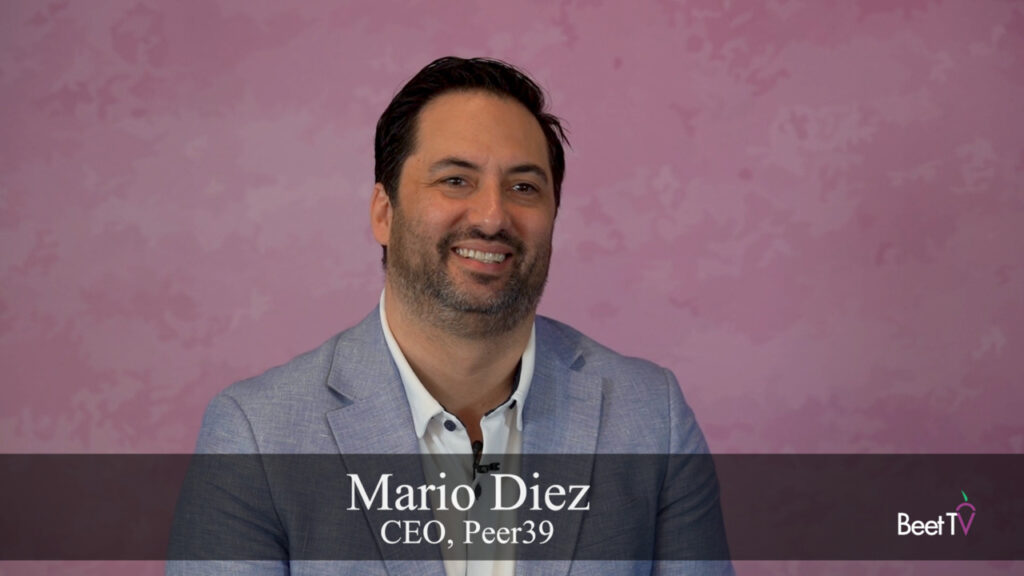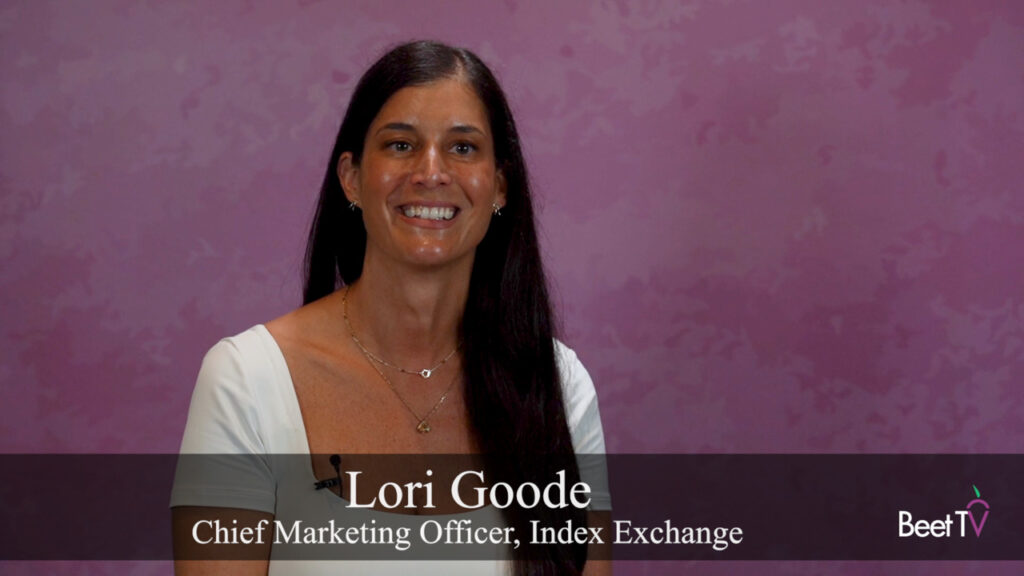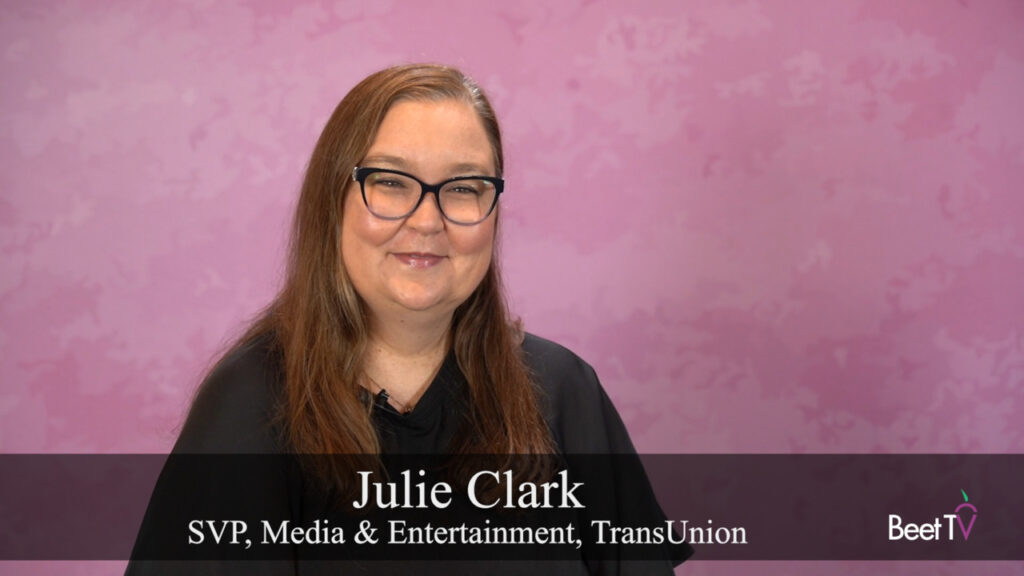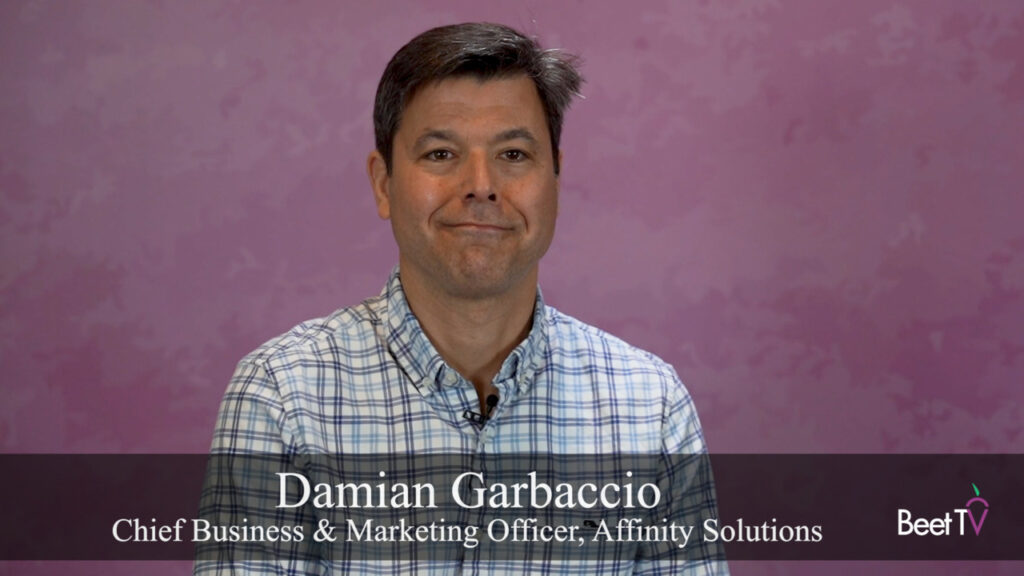The upfronts are no longer just the season of the year when TV and ad execs get together to lock in a bundle of ad-spending commitments for the year ahead.
Thanks to new connected TV consumption and new ad selling techniques, things are becoming more flexible than that.
In this video interview with Beet.TV, Neil Vendetti, president of US investment at Publicis Groupe’s Zenith – which buys ads on behalf of brands like Verizon, Coty, Toyota, Inspire Brands and RB – says the upfronts are changing.
Upfront and flexible
“The upfront now offers us a lot more opportunity to be flexible,” Vendetti says. “In the past, it was a very simple – we bring money and we are in ourselves pricing type of mechanic.
“And now there’s so much both sides can bring to the table, that it’s different.”
So, what is changing Vendetti cites new capabilities including:
- non-linear TV ad inventory
- evolved deal structures
- the ability to target more effectively through data from a range of sources
After the reset
Major broadcast owners’ upfronts presentations kick off this month, with digital NewFronts continuing into June.
Last year’s TV upfronts were affected by pandemic ad spending constraint and turmoil. Many brands called for a delay to the season.
The whole episode was an instructive lesson in how modern brands want to be agile and responsive in their media spending, perhaps preferring flexibility to being locked in, especially to a traditional medium whose audience is declining.
At the same time, however, new connected TV services have been blossoming, and its ad capabilities include audience targeting and ad outcome attribution.
Looking deeper
“It gives us the opportunity to look a step deeper at the targeting side of it,” Vendetti sees. “We’re trying to build brands, we’re trying to build reach.
“But we’re also trying to find specific audiences and drive specific outcomes, and the ability through our own technology and through third-party technology to be able to activate CTV in that manner is something that we’re trying to bring into the conversation more this year than we have in the past.
“Being able to incorporate CTV strategically into both of those buckets is an important part of the strategy work we’re doing now.”
Back to silos
Even as the capabilities roll out, however, Vendetti is concerned that digital developments are also making life more complex than it ideally should be.
As welcome as connected TV tactics may be, the medium is still splintered – broken up not only by the many different competing viewing options but also the many and varied ways to buy and measure ads placed there.
“When we look across the supply landscape, it’s interesting, because I think, if I put my consumer hat on, I have the same concerns about the marketplace as I do as a buyer.”
He sees viewers concerned about questions like: “How many of these services am I going to subscribe to? How many do I need? How much is too much when it comes to separating yourself out into these different services?”
And he says the ad-buying community is coming to feel the same way. “It feels like, as an industry, we move towards this idea of we’re bundling a massive amount of content together within a cable subscription. And now we’re chopping it all back up and living in silos.
“I don’t know if it’s best for us as an industry to be separating it out. So I do see a point in time where some of this stuff will start to come together, at least from a measurement standpoint.”
You are watching “Optimizing a Rapidly Converging TV & Video Marketplace: What’s Next,” a Beet.TV leadership series presented by Amobee. For more videos, please visit this page.










































